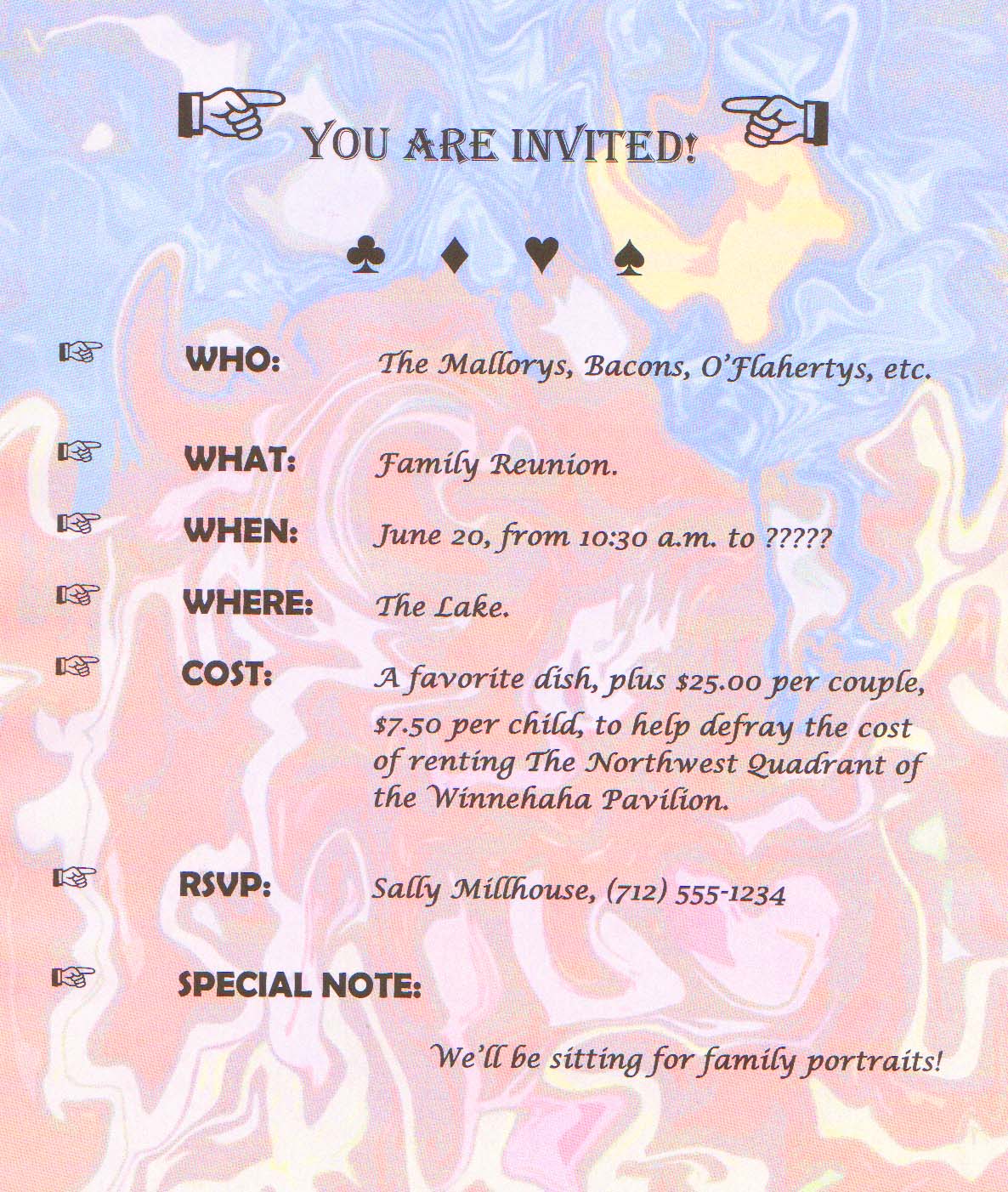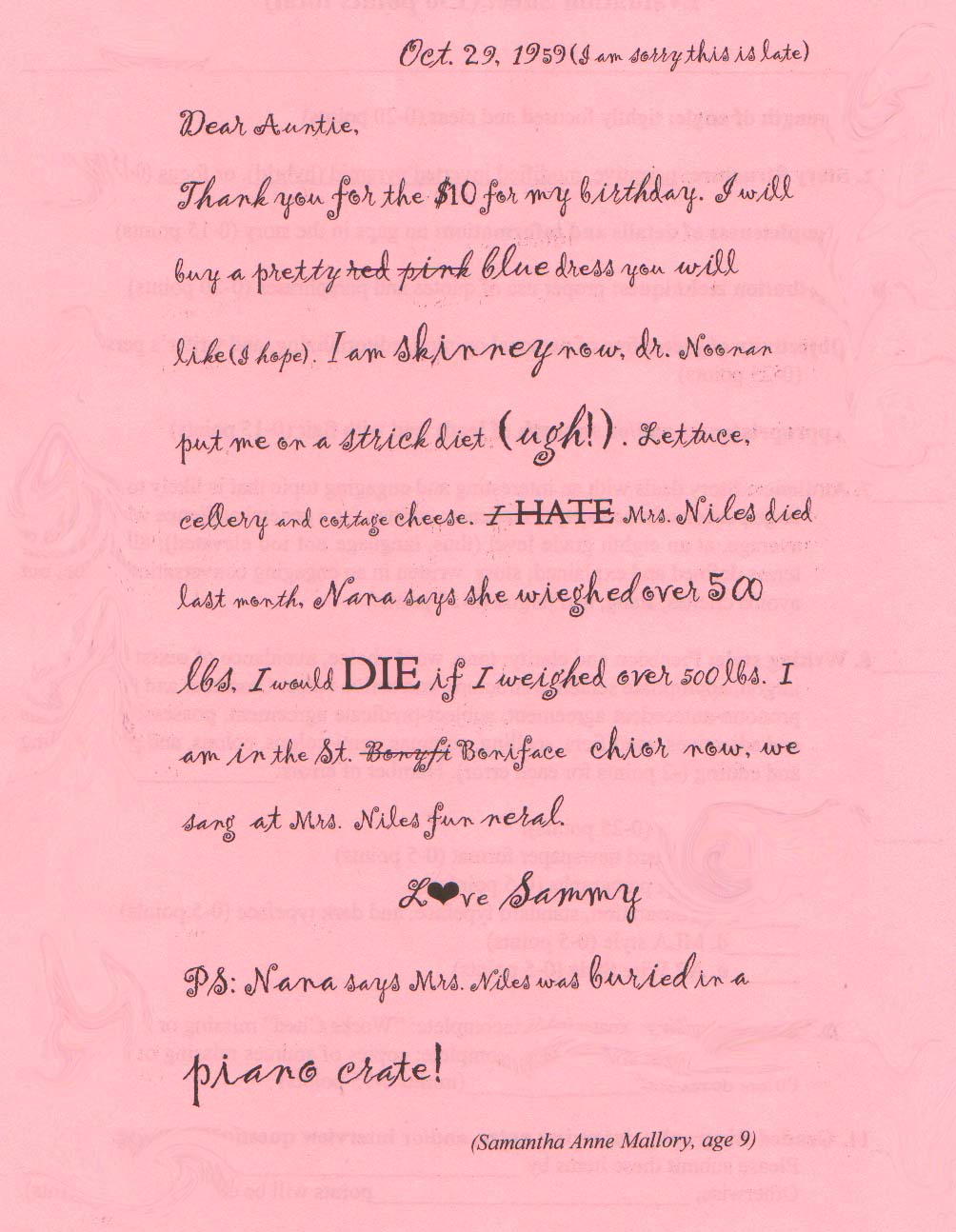 Quillery, the art of paper filigree involving paper-curling, rolling, and shaping, is a handicraft that originated in 17th century France by nuns and monks who wanted to do filigree work but lacked the funds to buy gold or silver. Also, at that time, paper was laboriously hand made, so monastery scribes were reluctant to waste any scraps.
Quillery, the art of paper filigree involving paper-curling, rolling, and shaping, is a handicraft that originated in 17th century France by nuns and monks who wanted to do filigree work but lacked the funds to buy gold or silver. Also, at that time, paper was laboriously hand made, so monastery scribes were reluctant to waste any scraps.The name quillery is said to be derived from the fact that the nuns and monks devised the technique of curling the strips around their goose quill pens to create their lacy intricate designs. The resulting shaped coils were arranged to form flowers, leaves, and various ornamental patterns.
During the Renaissance, French and Italian nuns and monks used quillery to decorate book covers and religious items. The paper most commonly used was strips of paper trimmed from the gilded edges of books. These gilded paper strips were then rolled to create the quilled shapes. Quillery often imitated the original ironwork of the day.
In the 18th century, quillery became popular in Europe where "ladies of leisure" practiced the art. Quillery also spread to the Americas, and there are a few examples from Colonial times. Many of the pieces that have been preserved from this time are found religious plaques and artwork.
Though the results can be remarkably intricate, the component quilled strips are very simple to make. In fact, there are only about 20 basic shapes, and these can be simplified into two basic categories: scrolls (which are not glued tight so they form relaxed scrolls) and coils (which are glued tightly to form more elaborate shapes like bells, tear drops and cones).

Quillery, now commonly known as quilling, was an almost-lost art form before it was reintroduced to the general public in kits in the 1970's.
Today, quillery is seeing a resurgence in popularity. The craft has become increasingly popular; the basic material required to make the shapes–paper–is inexpensive, and the craft is accessible to just about anyone. Modern quillery designs are used to decorate wedding invitations, birth announcements, greeting cards, scrapbook pages, and boxes.
Quillery can be found in art galleries in Europe and in the United States and is an art that is practiced around the world.
So why choose the name “Quillery” for my online press?
1. The domain name, short and sweet, was available–-always a factor in this cyber-era–-and offers decent potential for traffic.
2. Samantha, my artistic protagonist, like the art of quillery, is slightly rooted to the past.
3. “Quillery” is a merged version of “Quill Distillery,” which will be the name for my literary magazine (a project not yet created, though I do own the dot-com domain).
4. The root word “quill” suggests a barbed edge, which, I believe, describes my tour de force novel What Happens When the Fat Lady Sings. Also, after I publish my novel online, I may publish longer works by other authors, both fiction and non-fiction.
However, much will depend on the success of this venture.






No comments:
Post a Comment